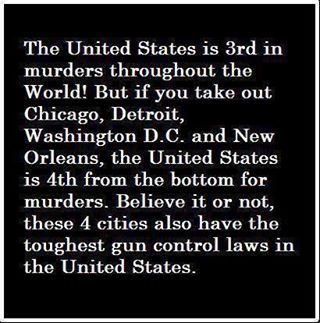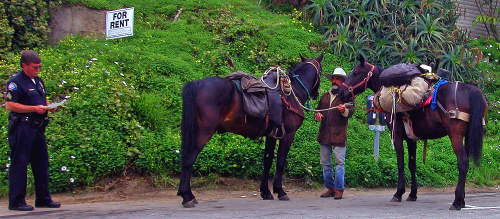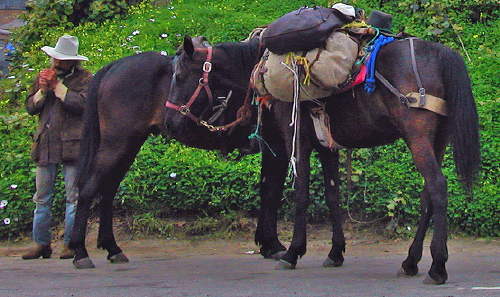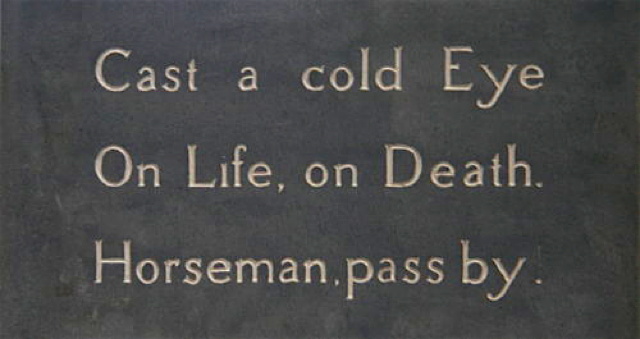


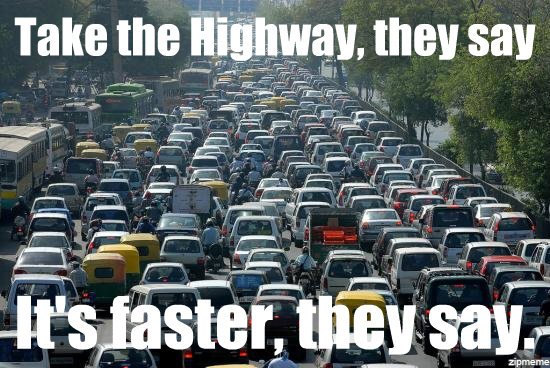


Published by the Law Offices of Bruce Colodny
By Bruce Colodny, The California Gun Attorney
Copyright © 2017
Prior to the Civil War, virtually all “gun control” laws were enacted in the slave states principally due to the fear of firearms in the hands of free blacks and slaves who might rebel against their masters. After the Civil War ended in 1865, “gun control” expanded as a result of the enactment of the so-called “Black Codes” or “Jim Crow” laws intended to continue to oppress the newly-freed slaves.
A few decades later, in the early 20th Century, racism was again the catalyst for calls for new “gun control” laws. New York’s infamous Sullivan Law was passed. If you read the newspapers from that time period, you will find articles about the perceived “dangers” of allowing access to firearms by the then-current wave of immigrants, the Poles, the Italians, the Jews, etc. Isn’t it ironic that today’s liberals support a doctrine rooted in racism and prejudice?
A generation later, a movement for more “gun control” again arose and took a dangerous, expanded approach that continues to the present day, the media campaign of fear. Remember your history. In the early 1930’s, the news media reported on a rash of Mid-Western bank robberies by the likes of Bonnie & Clyde, John Dillinger, etc.
What happened next? “Gun control” expanded from the states to the Federal level. The National Firearms Act of 1934 (the “NFA”) was passed virtually outlawing machine guns, silencers and short- barreled rifles and shotguns. disturbingly, the original proposed version of the NFA, also included handguns.
Let’s move ahead 30 years, to 1963. Here we find the real root of today’s “gun control” movement, the assassination of President John F. Kennedy. The news media explodes with calls for “gun control” and a ban on mail order gun sales.
In 1966, a madman climbs a tower at a Texas college and starts shooting. There are renewed media calls for “gun control”, but the pro-gun forces keep their finger in the dike until 1968 when there’s a double whammy, the assassinations of Martin Luther King in April and Bobby Kennedy in June. The media goes wild and the end result is the Federal Gun Control Act of 1968, greatly restricting the interstate transfer of firearms.
Now fast-forward another 20 years to 1989. The pattern repeats itself when Patrick Purdy shoots up the schoolyard in Stockton, California, killing and injuring young students. The media goes crazy and the California legislature follows. The end result…three big losses in California: The Roberti-Roos Assault Weapon Control Act of 1989 is enacted, certain misdemeanor convictions now impose a 10 year ban on firearms possession, and the waiting period is expanded from handguns to also cover rifles and shotguns.
This same pattern of high profile murder followed by the immediate calls of anti-gun politicians and the media for “effective, reasonable gun control” repeated itself just recently. Just remember the “news reports” following the tragic shooting at Columbine High School and the Valley Jewish Community Center.
Madmen engage in mass killings and the liberals and their allies in the media urge new laws to disarm the citizens whom the police cannot protect, all the while ignoring our cherished Second Amendment rights. This is why I label the history of “gun control” in the United States as shameful.




